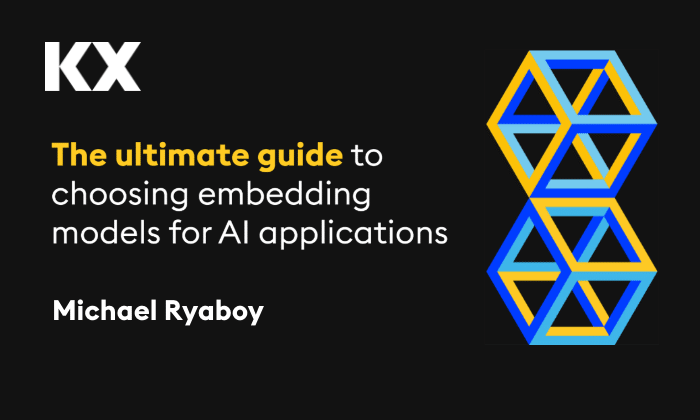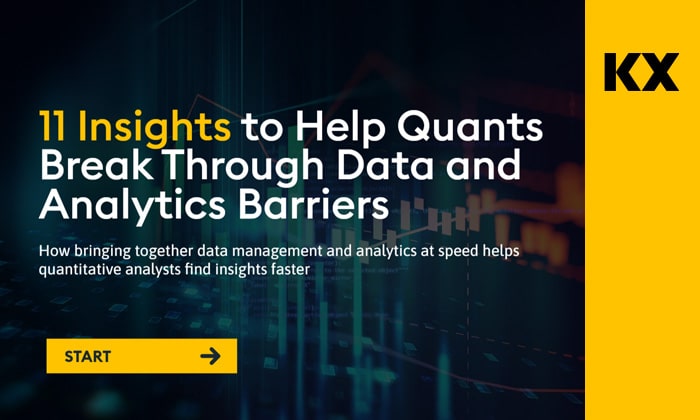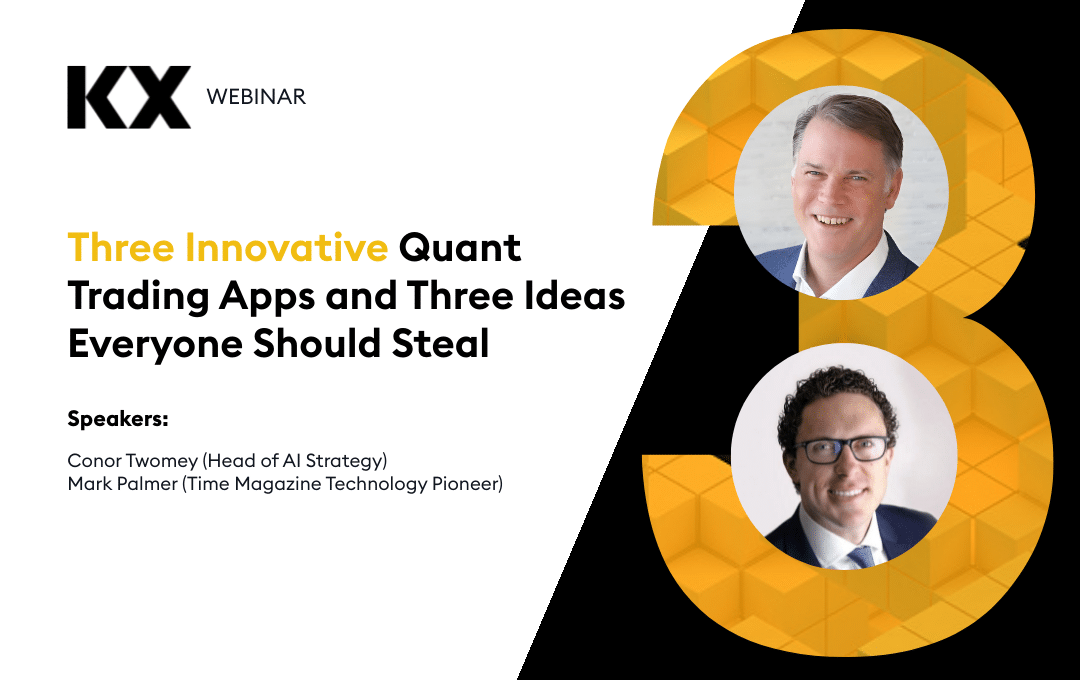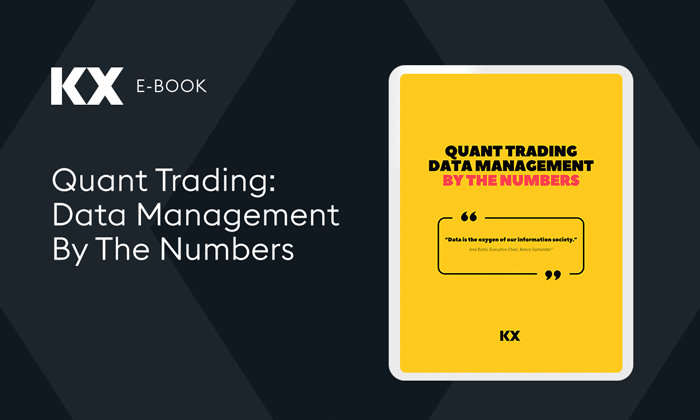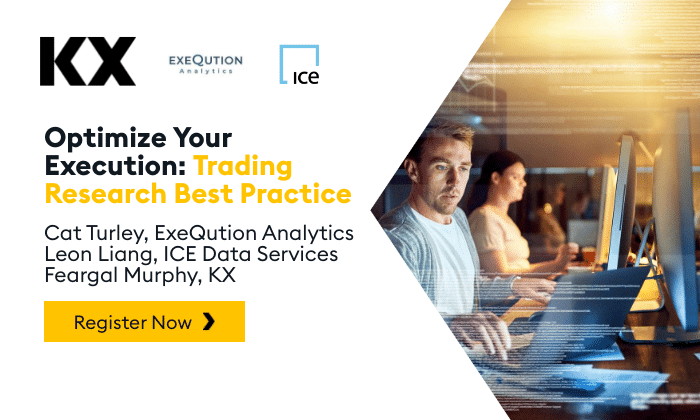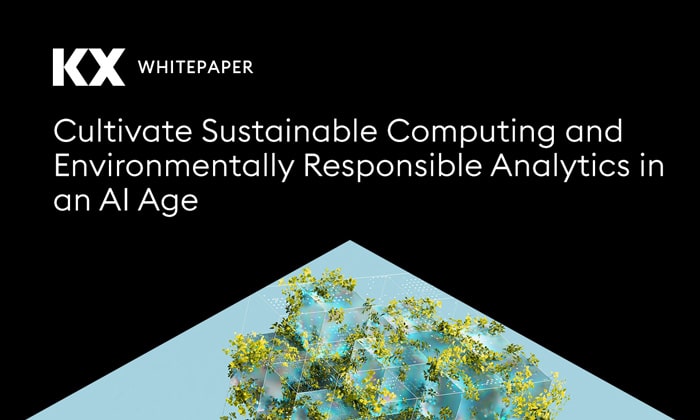This blog explores the six things high performing organizations do to build AI factories and realize AI ROI.
A recent McKinsey & Company GenAI leadership survey reveals that 65% of organizations regularly use GenAI—nearly twice as many as just ten months ago—and that leading firms can now ascribe 20% of their EBITDA to using AI in business applications. It also reveals several things leaders do that laggards don’t.
Research shows that success with AI is less about algorithmic ‘sizzle’ and more about process ‘steak.’ Like Henry Ford’s groundbreaking process innovations in the automotive industry, leaders use processes to innovate faster and smarter. Ford reduced the time it took to build a car from 12 hours to 93 minutes, lowered costs by 70%, and increased output from 18,000 to 785,000 from 1909 to 1916 – a 42-fold increase in just seven years.
Can you apply factory-inspired ideas to achieve similar improvements in AI? Research suggests it can be done in specific ways.
Here are six things AI high performers do:
1. They establish transparent processes to improve AI model outputs
46% of high performers report that they systematically evaluate the output of AI models compared to 15% of the general population of non-leaders. Processes include factory-like AI quality assurance, model documentation, transparent usage policies, rigorous A/B testing, champion/challenger, and a policy of killing models that don’t work.
Leaders also maintain AI model version control by creating an audit trail of AI artifacts (data, algorithms, outputs) in a ‘time machine’ to help teams review and compare the efficacy of models.
Finally, leaders know that all these policies must be transparent and open to scale. So, they also continually document, train, and modify the process.
2. They put humans in the loop
High performers understand that to harness AI’s power, you must guard against its bias, hallucinations, and inaccuracies. One way to do that is to insert humans in the loop at every connection point between an algorithm and the product or service you create.
Nobel-prize-winning economist Daniel Kahneman calls these people “Decision Observers.” Decision Observers have deep expertise in decision science and basic literacy in the technical aspects of data science. Their job is to understand the business tolerance for AI model confidence, analyze the impact of high-stakes decisions, audit accuracy, evaluate model drift, and create feedback loops that trigger human review when needed.
43% of leaders insert humans in the loop at all major decision points to evaluate AI’s behavior, compared to 19% in the general population.
3. They form decentralized centers of excellence
High performers decentralize knowledge across teams by establishing a center of excellence (CoE) that distributes AI understanding throughout the organization. ‘Decentralized centers of excellence’ might sound oxymoronic; think federation instead.
43% of GenAI leaders build a dedicated group of experts and embed them throughout their organization ‘on the shop floor’ at the point of decision-making rather than keeping them in an ivory tower.
Decentralized COEs aren’t a new idea – high-performing business intelligence and data engineering groups have used the principle for years. For example, Panera Bread decentralizes data governance to over 140,000 employees throughout 2,000 stores, and four of every five employees of more than 1,000 workers at the Scottish EPA use data daily. Read more about their decentralized centers of excellence here.
4: They have a factory-like data strategy
42% of high performers save a factory-like data strategy for GenAI, with a twist.
‘Factory-like’ refers to having a systematic data processing pipeline to connect, absorb, transform, correct, and optimize data. The ‘twist’ is that high performers are more likely to have adapted their data pipelines to embrace new data types – for example, unstructured conversation data, drone-generated video footage, or still images from surveillance equipment.
High performers are 2.5 times more likely to have incorporated these new data types into existing pipelines that monitor for accuracy, quality, and privacy.
5. They monitor AI use and quickly resolve issues
Everyone knows you can’t manage what you can’t measure, so it is no surprise that the most significant gap between AI leaders and laggards lies in how they monitor and resolve issues. But the gap is jaw-dropping: a paltry 7% of the general population of non-leaders monitors AI, while 41% of leaders track, measure, and resolve AI model performance, data quality, infrastructure health, financial operations, and more.
Leaders take a factory-like approach to AI monitoring: They alert operations staff of accuracy exceptions, provide tools to visualize model performance in real time, and perform diagnostics that enable the rapid identification and resolution of issues across the AI ecosystem.
AI leaders monitor AI factories like production lines and quickly correct them when mistakes occur.
6: They treat AI ‘as a service’
31% of high performers engage business users in using AI and actively share AI assets that non-technical users can use as a service.
This ‘AI as a Service’ approach encourages the scalable application of AI more broadly throughout the organization and allows IT operations to simultaneously control the quality, safety, scale, and accuracy of vetted AI assets.
Properly designed AI services have standard, documented interfaces, an ‘App Store-like’ library that incentivizes sharing, collaboration, and reuse, and dedicated ‘AI Product Managers’ who engage with business teams to understand requirements, capture ideas, and train internal customers on how to use AI services safely and effectively.
Factories move AI from lab to ledger
The adoption of AI in business is transforming the corporate landscape, with leading organizations demonstrating significant financial gains through systematic implementation. The McKinsey survey reveals that AI leaders prioritize methodical processes over algorithmic complexity, like Henry Ford’s revolutionary manufacturing techniques.
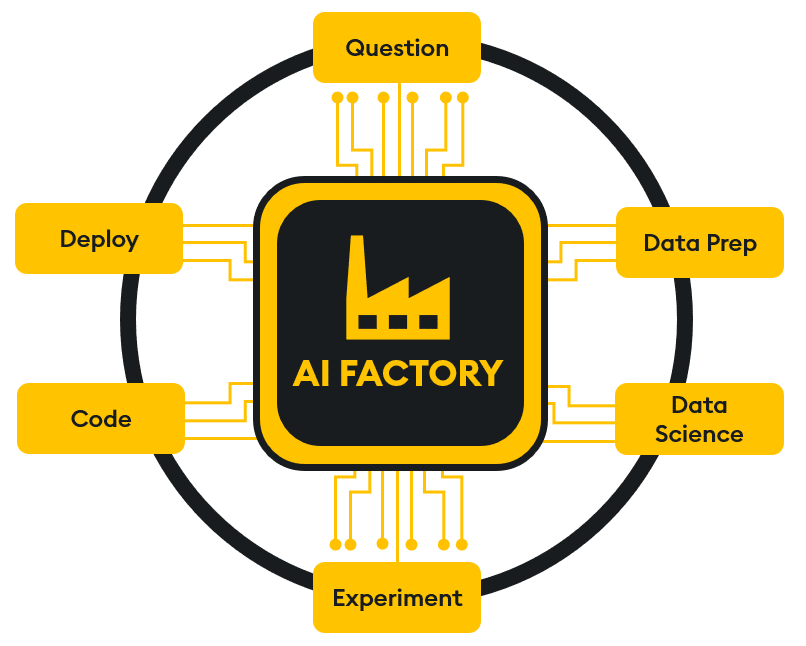
These high-performing organizations are setting new standards in AI integration by establishing transparent processes, incorporating human oversight, decentralizing expertise, developing adaptable data strategies, rigorously monitoring AI use, and treating AI as a service.
Enterprises that adopt these factory-inspired approaches have the potential to move quickly through AI ‘exploration’ and ‘experimentation’ to driving exponential growth and efficiency.
Read more about what it takes to set up an AI factory in this blog: AI Factory 101. Discover why KDB.AI is a crucial part of the AI factory here.

